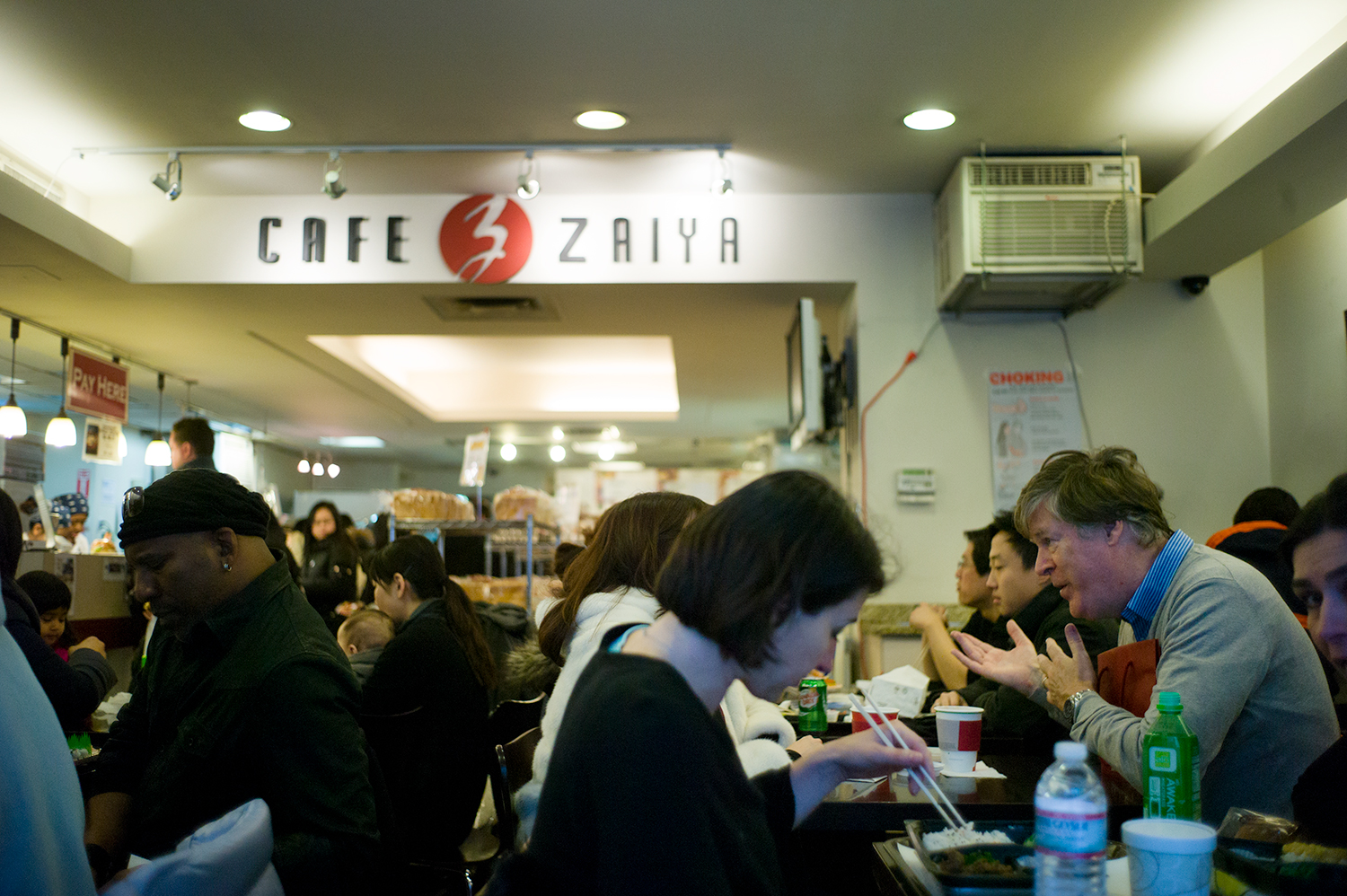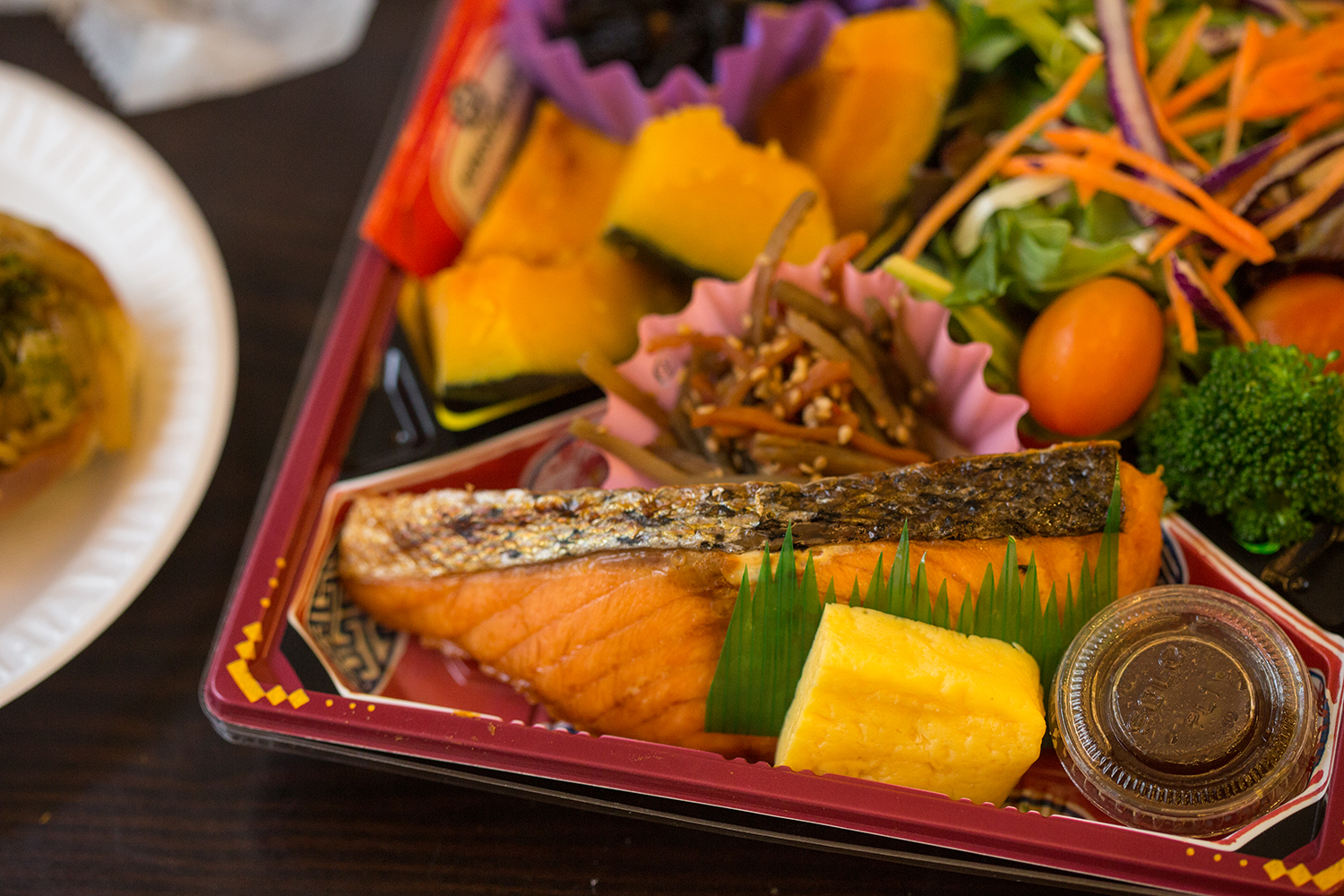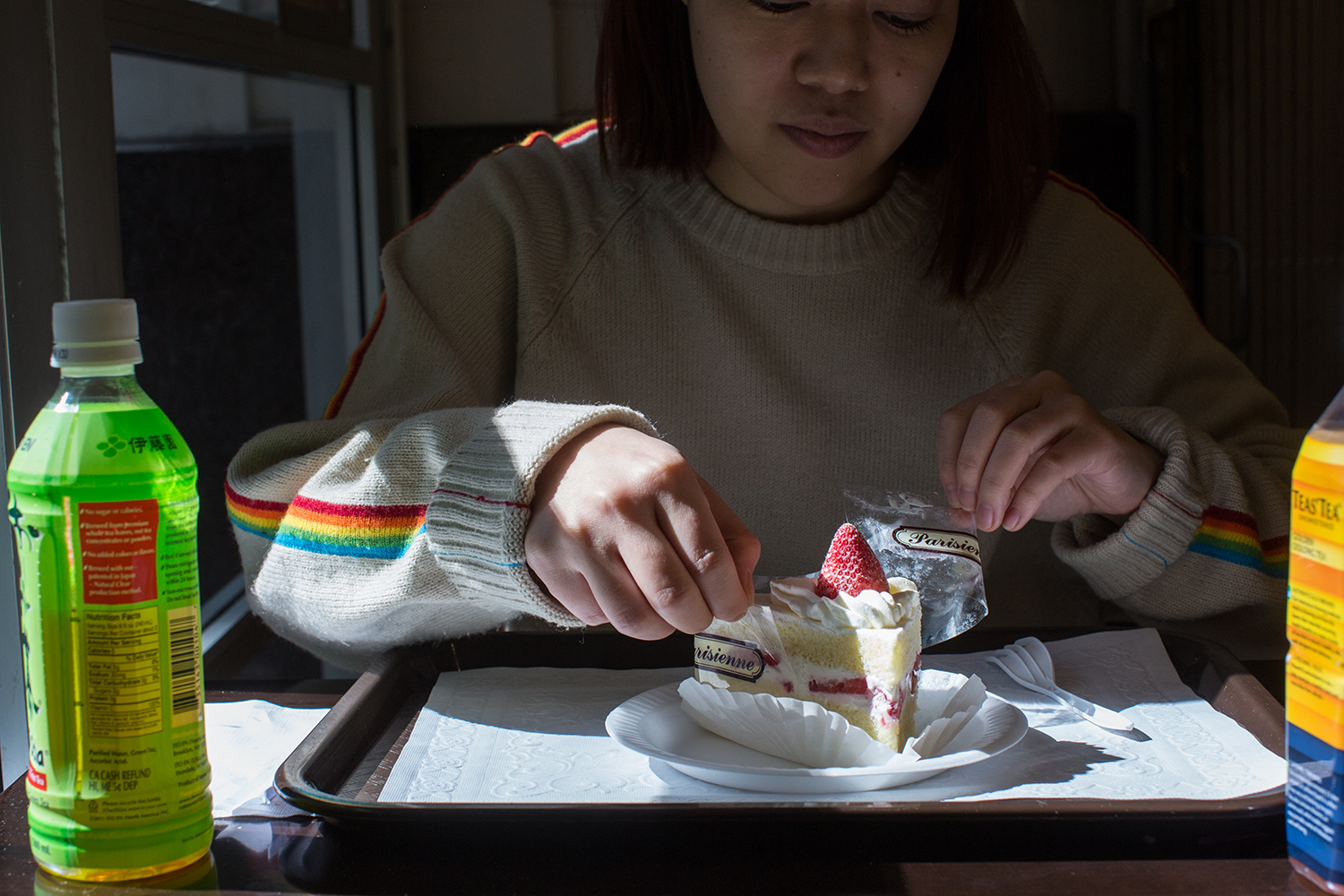Quick Rec - Japanese Rice Balls
I see them in pizza shops but of course I don’t get them: I’m there for pizza. Anyway, I try to avoid reheated fried foods. Rarely, in New York at least, are Italian rice balls made fresh and not reheated or kept under heat lamps ― so they become damp with oil. On the few occasions I’ve had them, it’s been from places that fry them up fresh to order. A couple years ago I wrote about the made-to-order ones at Joe’s Superette, a now-since-closed shop in the formerly-Italian neighborhood where I live. In the video, my friend Nick (Pizzacentric’s Sicilian Critic) comments on those rice balls and on rice balls in general. He says they are good but that the rice is overcooked. A couple of years later I visited him and his family in Catania, a city in Sicily famous among Italians for its rice balls. He brought me to Savia, a stand-up rice ball bar where the one I tried was far superior to any I’d had before. It had texture, freshness, and rich meaty flavor ― and its rice was cooked al dente.
Now I know this may not shock, but Italian rice balls are not the only ball-game in New York. Among the numerous ways people around the world prepare rice, the making of balls with it is not uncommon. Chinese, Philippine, Vietnamese, Japanese, Brazilian, and I’m sure plenty of others each have a version of the rice ball. Many appear in soups or as dessert, not all are fried, and mix-ins vary wildly.
Last week my friend Mana S. brought me to Cafe Zaiya. It’s a Japanese food shop on a section of East Forty-first Street known as Library Way. (Library Way begins at the New York Public Library’s main branch at Fifth Avenue, and extends two blocks eastward. Its sidewalk features embedded bronze plaques with quotes from famous books.)
Hundreds of people flood through Zaiya’s doors during lunch hour and select from an array of affordable and freshly-made Japanese foods. I sampled a number of items, including a yakisoba pan (a sandwich of fried soba noodles, cabbage, green seaweed, onions, carrots, and pickled ginger) ($3); a vegetable croquette (it’s like an Italian rice ball but with mashed potatoes as its sole filling) ($1.50); and a “FUJI-TFT” bento box containing broiled salmon, Japanese pumpkin (it has edible skin), tamagoyaki (egg), hijiki (seaweed cooked with carrots and konnyaku), carrots and gobou (burdock root) made with soy sauce, and a salad ($8.75). I also sampled four different types of Japanese rice balls called onigiri (pronounced oh-nee-ghee-dee, with emphasis on the second syllable “ni” and with the “r” spoken with a soft “d” sound) ($1.75-$2.25 each). (Rollover above photo to for a photo of our $8.75 bento box.)
The onigiri look nothing like rice balls, but the proof that they are in fact rice balls sits smack in the middle of the shop, in the form of a sign that says “Rice Balls are HERE.” It points to dozens of thick black triangles with red pull tabs, arranged in rows atop a metal shelf.
An onigiri contains white rice and some other key ingredient concentrated, amongst the rice, toward its center; and each is enveloped in nori (the kind of seaweed used for sushi rolls). The four onigiri we ate were salmon, spicy tuna, spicy shrimp tempura, and ume (pickled plum).
The rice of a spicy shrimp tempura onigiri surrounds a single fried shrimp whose tail emerges from the top of the triangle. Yes, you can eat the tail. With the spicy tuna and salmon onigiri, a small amount of fish combines with added salt and the rice to compel more eating. The ume onigiri is sour and strong, different than anything I’ve had before, and ― while I don’t know if it’s to become my favorite flavor ― it is worth trying.
The stand out feature of onigiri is the crunch conveyed by the nori (and that it's kind of like a poor man's sushi roll substitute). But never before ― and I’ve had plenty of sushi rolls over the years ― have I enjoyed nori so much. As the wrapper component of onigiri, it offers a precision crackle at the start of every bite ― a crackle that breaks up what would otherwise be a monotony of softness. It contributes textural complexity. If paper could crunch, here's what it would be. How does it happen?!
The science becomes apparent when you unwrap your onigiri. Follow the instructions printed on the side of the package. Of course, the plastic wraps around the surface to protect the food from dirty hands, but it also wraps through the underside of the nori and insulates it from the moisture of the rice so that it can remain brittle and dry. The instructions do not say this, but be sure, after step two, to spread the nori “wings” (fold out the sides) so that when you pull off the plastic, you don’t rip the nori.
There should be a design award for this packaging job! (I searched but could not find evidence that such an award has been given, but I did find this video depicting an onigiri opening process.)
Mana was pretty happy with the onigiri, but rollover the photo to check out dessert.
A strawberry shortcake to be reckoned with ― and another packaging triumph at Cafe Zaiya!
The amount of filling within its center is meager. But it's just enough to convey ― in the case of the fish and shrimp options ― flavor reminiscent of its pricier maki cousin. The shrimp tempura has one shrimp. The tuna and salmon each have but a smattering of flakes. The plum has some plum. But the salt of the rice and brine and flavor from the fish offer just enough punch to make onigiri a healthy rice ball worth returning for.
***
I think I'm now obsessed with onigiri. I need to head to Library Way. At about $2 per piece, onigiri make an affordable lunch. But so do many of the foods at Cafe Zaiya ― and I don't want to fall into the trap of only having onigiri when I visit Cafe Zaiya. That would be like going to a pizza shop and only having pizza. (Oops!)
Mana mentioned that she likes Zaiya's "curry pan" (fried bread filled with curry) That, and some onigiri, will be on my menu the next time I get there.
***
Cafe Zaiya. 18 East 41st Street (between Fifth & Madison Avenues). Tel. 212-779-0600. Map Cafe Zaiya, East 41st Street, NYC. Hours: Mon - Fri 8 am - 8 pm; Sat 10 am - 8 pm; Sun 11 am - 7 pm. Cafe Zaiya has other locations. Consult their website for details.









